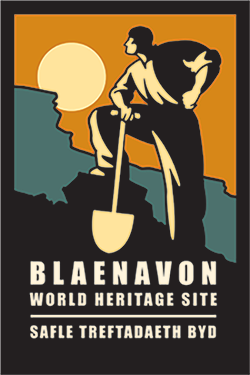Early days and the company shop
When Blaenavon Ironworks opened in 1789, hundreds of people came to find work. There was very little in Blaenavon before the ironworks was built so the needs of the workers and their families were provided for by the ironmasters. Food and clothing could be bought from the company shop (also known as the ‘truck shop’ or the ‘tommy shop’).
The company shop was necessary in the early years of the Industrial Revolution, but it was also used to keep prices high and kept people in debt to the company. Workers were not paid in cash, so they could not spend their money elsewhere. The ‘truck system’ was very unpopular and was among the causes of protest in south Wales during the early 19th century. Over time, new laws were passed to remove the truck system and its injustices.
At some distance, the works have the appearance of a small town, surrounded with heaps of ore, coal and limestone, and enlivened with all the bustle and activity of an opulent and increasing establishment… although these works were only finished in 1789, three hundred and fifty men are employed, and the population of the district exceeds a thousand souls.
Archdeacon William Coxe (1801)

